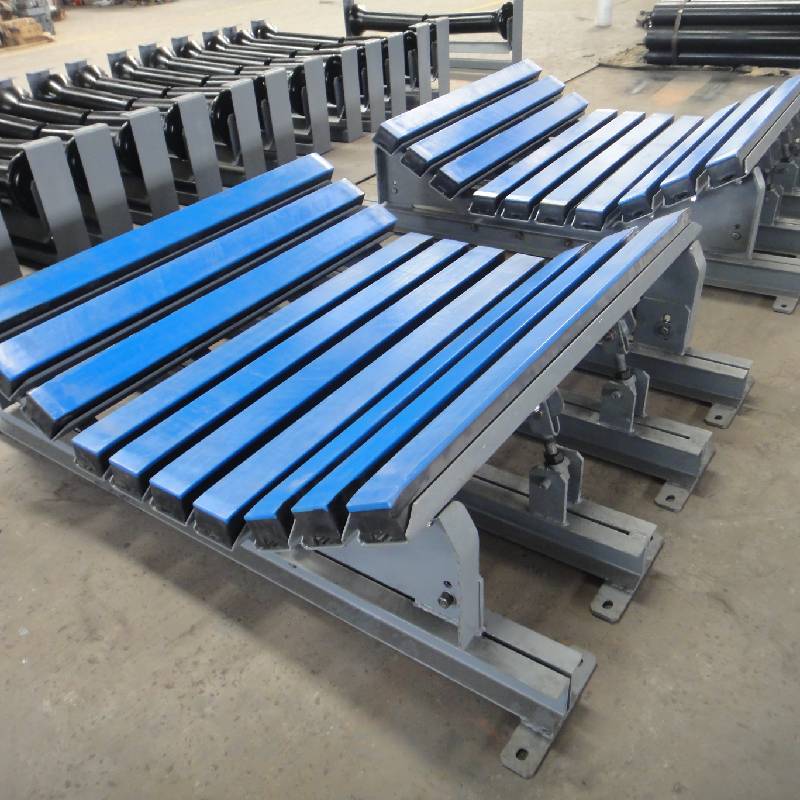 Afrikaans
Afrikaans  Albanian
Albanian  Amharic
Amharic  Arabic
Arabic  Armenian
Armenian  Azerbaijani
Azerbaijani  Basque
Basque  Belarusian
Belarusian  Bengali
Bengali  Bosnian
Bosnian  Bulgarian
Bulgarian  Catalan
Catalan  Cebuano
Cebuano  Corsican
Corsican  Croatian
Croatian  Czech
Czech  Danish
Danish  Dutch
Dutch  English
English  Esperanto
Esperanto  Estonian
Estonian  Finnish
Finnish  French
French  Frisian
Frisian  Galician
Galician  Georgian
Georgian  German
German  Greek
Greek  Gujarati
Gujarati  Haitian Creole
Haitian Creole  hausa
hausa  hawaiian
hawaiian  Hebrew
Hebrew  Hindi
Hindi  Miao
Miao  Hungarian
Hungarian  Icelandic
Icelandic  igbo
igbo  Indonesian
Indonesian  irish
irish  Italian
Italian  Japanese
Japanese  Javanese
Javanese  Kannada
Kannada  kazakh
kazakh  Khmer
Khmer  Rwandese
Rwandese  Korean
Korean  Kurdish
Kurdish  Kyrgyz
Kyrgyz  Lao
Lao  Latin
Latin  Latvian
Latvian  Lithuanian
Lithuanian  Luxembourgish
Luxembourgish  Macedonian
Macedonian  Malgashi
Malgashi  Malay
Malay  Malayalam
Malayalam  Maltese
Maltese  Maori
Maori  Marathi
Marathi  Mongolian
Mongolian  Myanmar
Myanmar  Nepali
Nepali  Norwegian
Norwegian  Norwegian
Norwegian  Occitan
Occitan  Pashto
Pashto  Persian
Persian  Polish
Polish  Portuguese
Portuguese  Punjabi
Punjabi  Romanian
Romanian  Russian
Russian  Samoan
Samoan  Scottish Gaelic
Scottish Gaelic  Serbian
Serbian  Sesotho
Sesotho  Shona
Shona  Sindhi
Sindhi  Sinhala
Sinhala  Slovak
Slovak  Slovenian
Slovenian  Somali
Somali  Spanish
Spanish  Sundanese
Sundanese  Swahili
Swahili  Swedish
Swedish  Tagalog
Tagalog  Tajik
Tajik  Tamil
Tamil  Tatar
Tatar  Telugu
Telugu  Thai
Thai  Turkish
Turkish  Turkmen
Turkmen  Ukrainian
Ukrainian  Urdu
Urdu  Uighur
Uighur  Uzbek
Uzbek  Vietnamese
Vietnamese  Welsh
Welsh  Bantu
Bantu  Yiddish
Yiddish  Yoruba
Yoruba  Zulu
Zulu Designing Head and Tail Pulleys for Efficient Belt Conveyor Systems
Understanding Head, Pulley, and Tail Pulley in Belt Conveyors
Belt conveyors are integral to many industrial applications, serving as crucial components in the movement of materials. Among the various elements that make up a belt conveyor system, the head pulley and tail pulley play significant roles. This article will elucidate the functions, types, and importance of these pulleys in belt conveyor systems.
The Basics of Belt Conveyors
Belt conveyors are mechanical equipment used to transport materials from one location to another. They consist of a continuous loop of material, usually made of rubber or plastic, that runs over a system of pulleys. The belt's continuous movement allows for efficient and effective transportation of goods, making it highly popular in industries such as mining, manufacturing, and warehousing.
Head Pulley The Driving Force
The head pulley is situated at the discharge end of the conveyor belt. It plays a critical role in driving the belt and is often powered by an electric motor that rotates it. As the motor turns the head pulley, it pulls the belt along, transporting materials from the loading point to the discharge point.
Typically, the head pulley is equipped with a lagging surface, which can enhance its grip on the belt. This is particularly important in applications where materials are transported at steep angles or where a high tonnage of materials is involved. The added traction helps prevent slippage and ensures smooth operation.
Additionally, head pulleys are often designed with various features, such as magnetic separators for metal detection, which help maintain product quality and ensure safety in operations
.head pulley tail pulley for belt conveyor

Tail Pulley Supporting Stability
Located at the opposite end of the conveyor, the tail pulley serves a different but equally important function. This pulley provides support and tension to the belt, ensuring that it maintains proper alignment and operates without issues. The tail pulley is usually not driven, but rather acts as a return point for the belt, allowing it to loop back to the head pulley.
The proper tensioning provided by the tail pulley is essential for preventing excessive wear and tear on the belt and other conveyor components. Over time, belts can stretch and lose tension, which can lead to misalignment, increased friction, and ultimately, failure of the system. Regular inspection and adjustment of the tail pulley's tension can significantly extend the lifespan of the conveyor system.
Importance of Both Pulleys
The head and tail pulleys work together to ensure efficient and reliable operation of the entire belt conveyor system. Without the head pulley’s driving force, the belt would not move, while without the tail pulley’s support, the belt would lack the necessary tension, leading to inefficiencies and potential breakdowns.
Moreover, the design and maintenance of these pulleys can impact the overall efficiency of material handling processes. For instance, improper installation or misalignment can result in increased energy consumption, reduced throughput, and potential safety hazards.
Conclusion
In summary, the head pulley and tail pulley are vital components in a belt conveyor system, each serving specific functions that contribute to the overall efficiency and reliability of the conveyor. Understanding their roles helps in the effective design, installation, and maintenance of belt conveyors, ensuring that they operate smoothly and meet the demands of industrial applications. Proper care and regular inspection of these components can lead to improved productivity and extended equipment life, emphasizing their importance in material handling and transportation. In industries where speed and precision are critical, investing in high-quality pulleys and maintaining them adequately can pay significant dividends in the long run.
-
Revolutionizing Conveyor Reliability with Advanced Rubber Lagging PulleysNewsJul.22,2025
-
Powering Precision and Durability with Expert Manufacturers of Conveyor ComponentsNewsJul.22,2025
-
Optimizing Conveyor Systems with Advanced Conveyor AccessoriesNewsJul.22,2025
-
Maximize Conveyor Efficiency with Quality Conveyor Idler PulleysNewsJul.22,2025
-
Future-Proof Your Conveyor System with High-Performance Polyurethane RollerNewsJul.22,2025
-
Driving Efficiency Forward with Quality Idlers and RollersNewsJul.22,2025





























